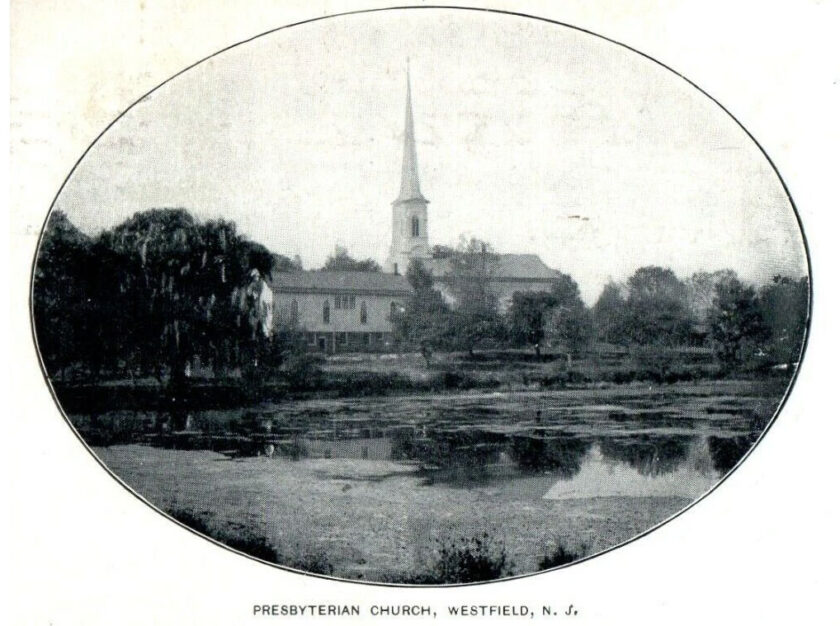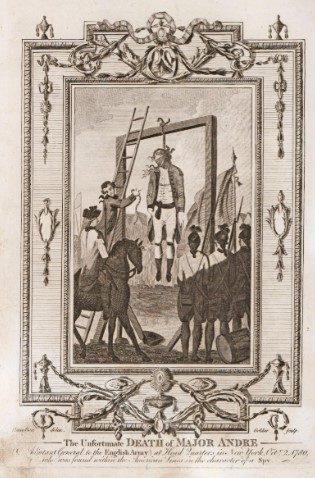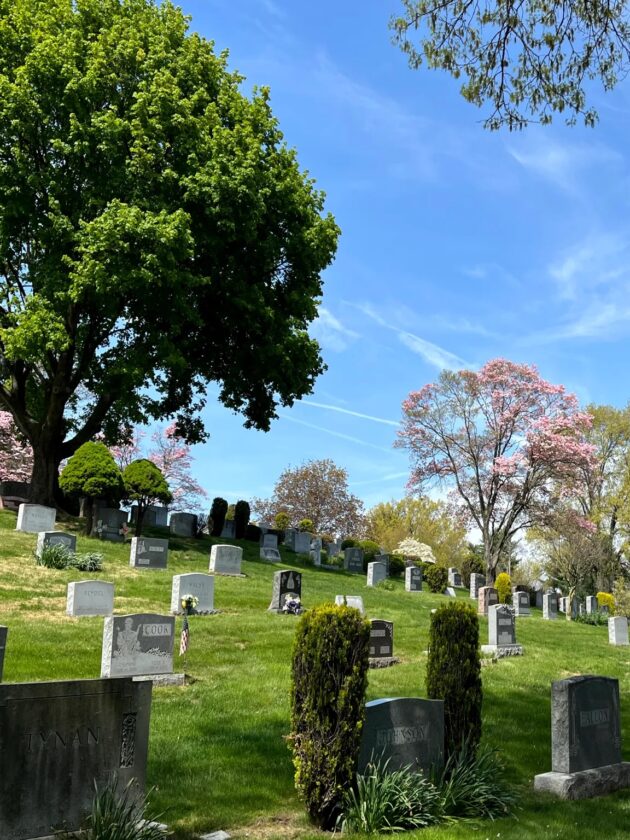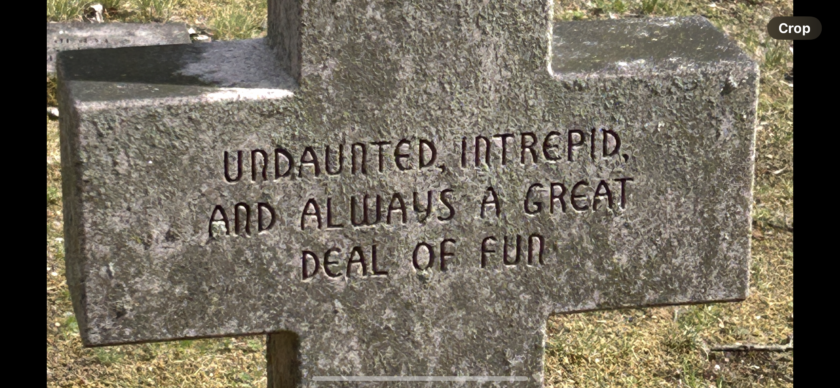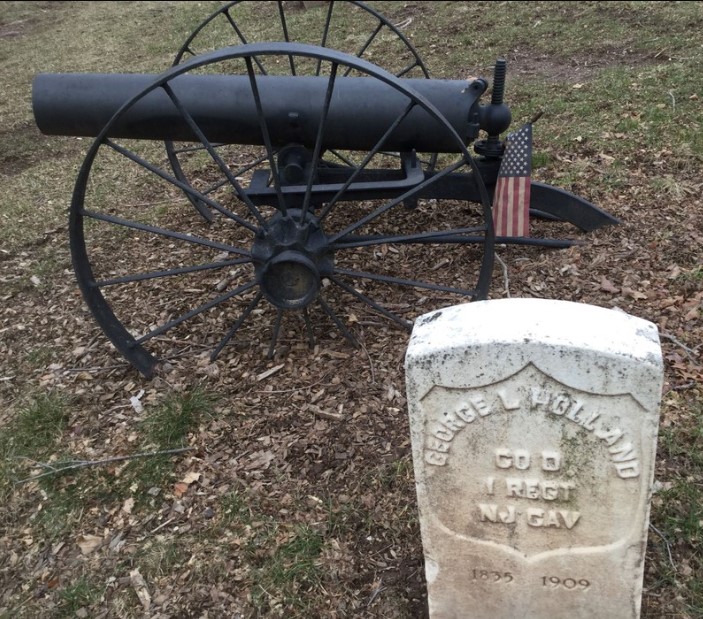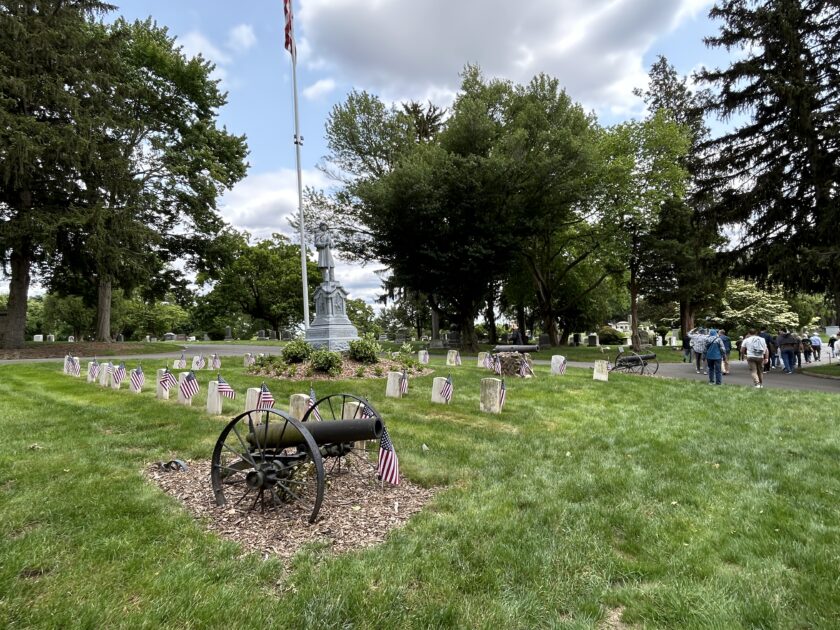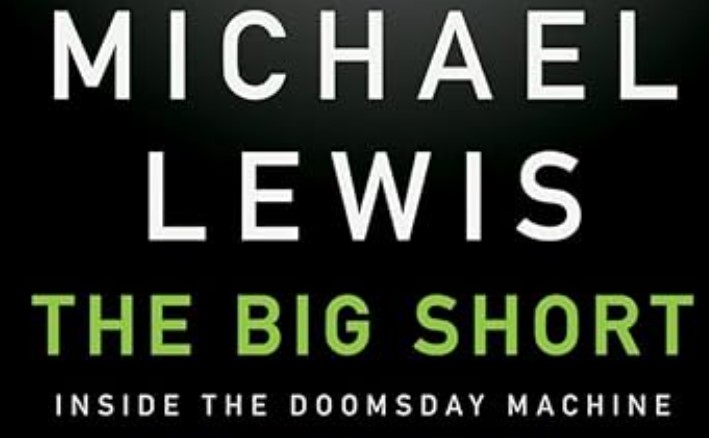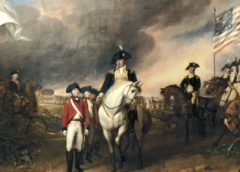
Being raised in Westfield was a great experience, and sometimes it goes by so fast you never have time to sit back and reflect. As I look back now, there are so many great stories; it’s funny how they all start to tie together as you get older. Who would’ve thought a 12-year-old growing up on East Broad Street would come to find fun and beauty in a cemetery? Looking back now, that’s exactly what this tribute to Fairview Cemetery represents: the cemetery’s history, along with a few childhood memories. If you recall Fairview, there is a comment section at the end of the post.
Established in 1868, Fairview Cemetery in Westfield, New Jersey, is one of Union County’s most historic and beautifully maintained cemeteries. It serves as the final resting place for many notable figures, including local leaders, veterans, and prominent individuals from New Jersey’s political and cultural history.
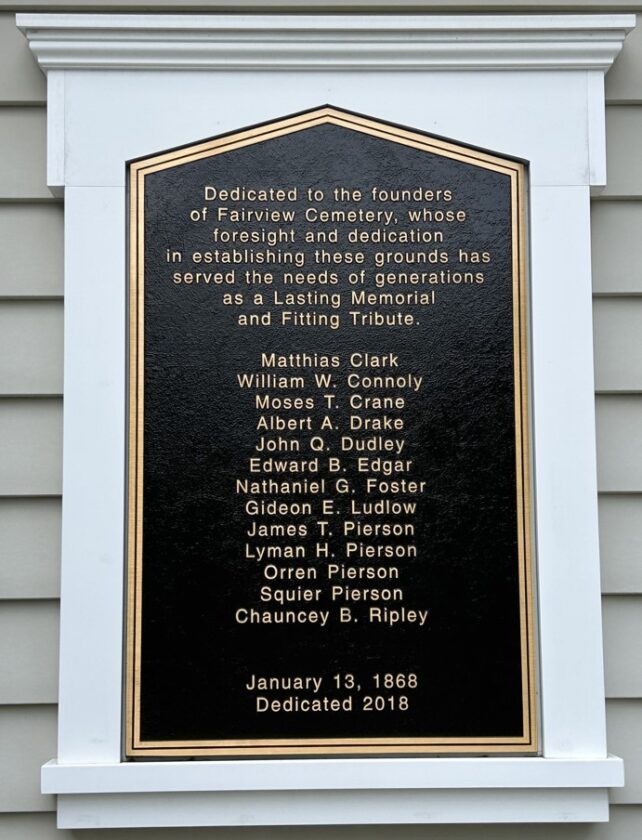
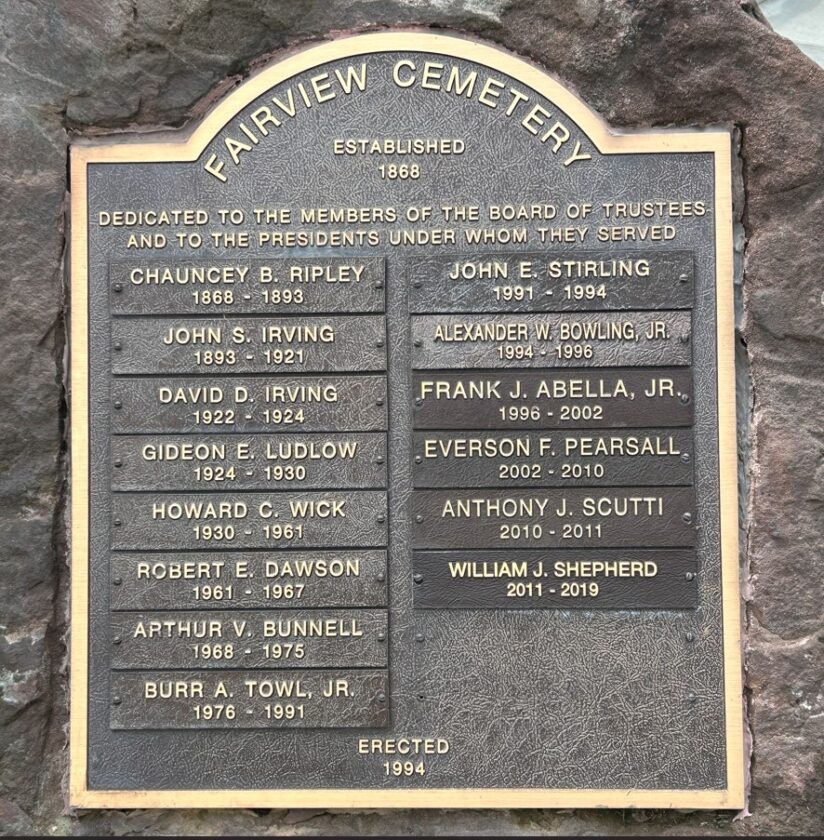
Fairview has faithfully served families with care, dignity, empathy, and compassion. Its design blends exceptionally well with its natural topography, landscape, and magnificent arboretum, making it one of the most, if not the most, beautiful cemeteries in the State. Fairview Cemetery is a nonsectarian, nondenominational, non-profit organization that welcomes individuals and families of all faiths and backgrounds. Today Fairview has more than 17,000 lot owners and over 40,000 interments.
History – Fairview Cemetery – Westfield, NJ
Formed after a meeting at the Presbyterian Church, the cemetery was incorporated under the “Act authorizing the incorporation of Rural Cemetery Associations.” The name “Fairview” likely reflects the area’s scenic and serene landscape, keeping with the naming traditions of rural cemeteries at the time. Initially founded on 16.5 acres acquired from local landowners Squier Pierson and John R. Miller, it is now recognized as an accredited arboretum and covers over 105 acres. Home to over 100 tree species, rolling wooded hills, a tree-lined pond, and diverse plantings, it creates a tranquil environment for visitors.
Initial roadways were laid out, and a receiving vault was built in 1873. In 1886, a “Soldiers Plot” was constructed for Union Army soldiers and sailors. A “Lodge” with a chapel was constructed in 1890. By the turn of the century, the cemetery had increased in size to 75 acres through the purchase of neighboring farmlands.
The Gallow’s Hill
Fairview Cemetery is next to what is probably the most historically significant death site in Westfield, Gallows Hill Road. The name “Gallows Hill” originated from colonial-era executions that were allegedly carried out on the elevated land in what is now known as Gallows Hill Road. During the 17th and 18th centuries, it was common for executions—especially hangings—to be conducted on high ground outside the center of town. This was done both for visibility and to serve as a deterrent to crime.
While there is no definitive archival record of who was hanged there or how many, oral histories and local legends maintain that the area was used for capital punishment. Some stories suggest that British Loyalists or criminals during the Revolutionary War era might have been executed there.
Today, Gallows Hill Road is a residential area, and while it may not visibly reflect its grim namesake, the name itself preserves a piece of colonial history. The name has sparked local curiosity and has appeared in various local history tours and discussions. It is occasionally referenced in Westfield ghost tours and folklore, contributing to the area’s mystique.
I know Gallows Hill Road intimately because, as a kid, if you had a bike and wanted a challenge, the ultimate challenge would be to ride no-handed all the way down Gallows Hill Road. I know this because after numerous crashes being challenged by my bigger brother, I finally gained respect when I did it….. at a cost of multiple scrapes and cuts, and it is probably another justification for bike helmets.
Fairview Landscape
The cemetery features rolling wooded hills and a tree-lined pond, nicknamed Ghost Pond, contributing to its serene and picturesque setting. This natural topography enhances the grounds’ beauty and provides varied elevations throughout the property.
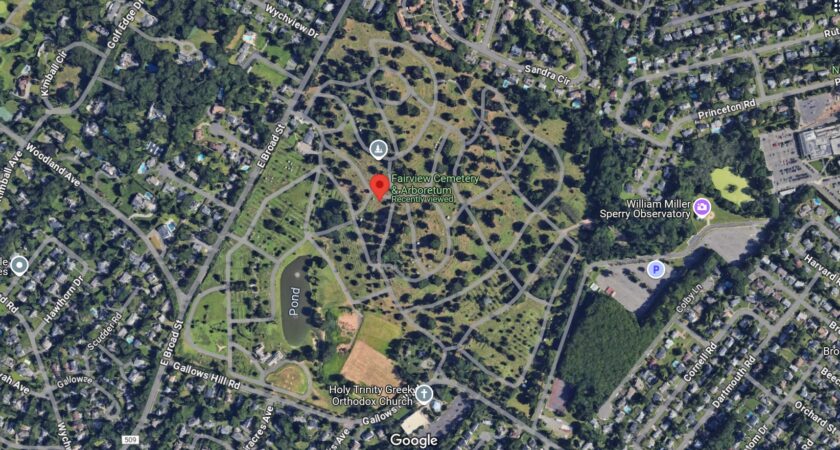
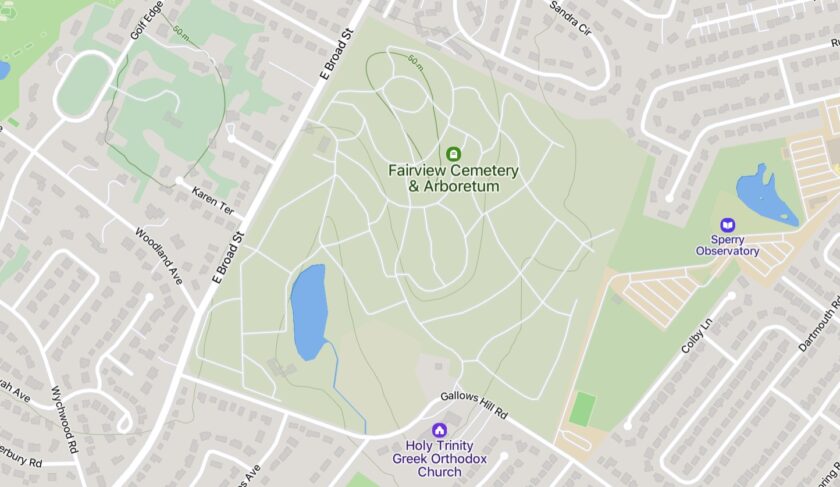
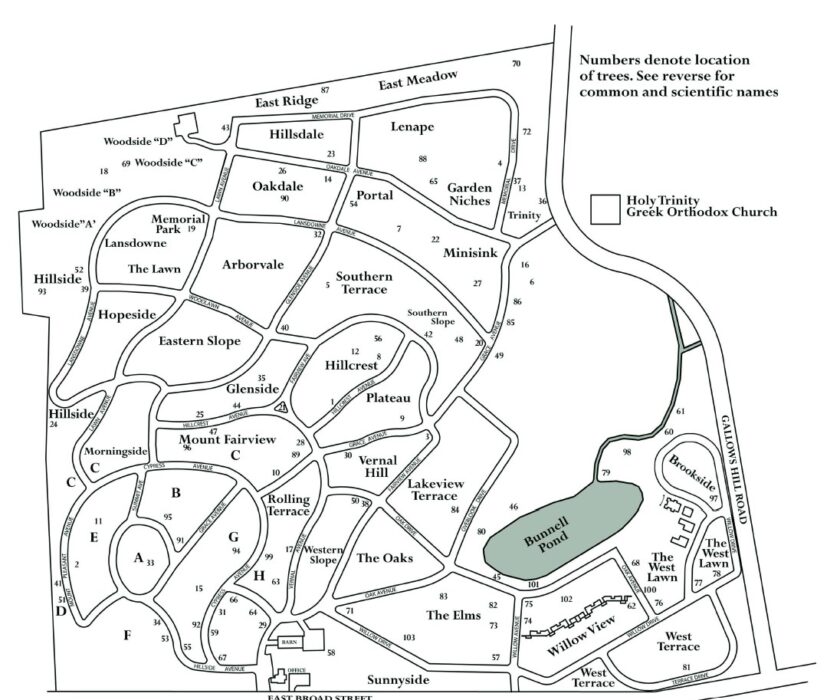
- Download this map and tree guide –Fairview Visitor Guide
- Area A: Notable for the burial of Jude, an indentured servant interred alongside the Denman family she served.
- Area G: An unsegregated Civil War burial ground where both African American and white soldiers are laid to rest.
- Willow View Section: refers to a serene area that includes the Willow View Mausoleum. This mausoleum is nestled into the side of a hill overlooking a pond, providing a quiet space for contemplation and remembrance.
- East Ridge Section: This section is distinguished by its association with several prominent individuals, most notably the renowned singer and actress/singer Whitney Houston, and her family.
- Arborvale Section: This section is particularly recognized as the final resting place of the List family, victims of a tragic and infamous event in Westfield’s history.
The highest elevation at Fairview is approximately 161 feet above sea level. This elevation is notably higher than that of the nearest official weather station in Cranford, which is approximately 75 feet above sea level, indicating that the cemetery is situated on elevated terrain. We wanted to share this with you as we were told a story about this topographical landscape.
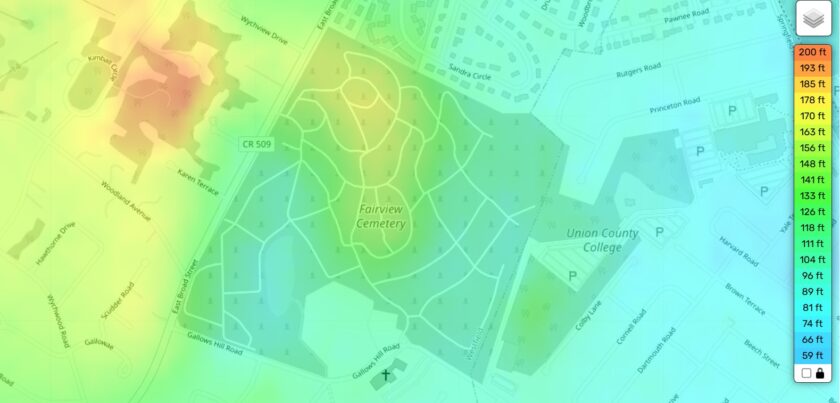
Mount Fairview Lore
There are strange yet interesting feelings about where you’re buried in Fairview Cemetery. I learned while growing up in Westfield that there was a weird saying you’d always ask when you met someone from Westfield: “Are you from the Northside or the Southside?” It’s been the most straightforward, fastest way back in the day to determine anything from heritage, to financial status, and what I’d refer to as selfish pride. Then again, I was from the Northside and it drives my wife crazy when she hears me say it….. but the Westfielder I meet always knows why to ask, IT’S A WESTFIELD THING.
In Fairview Cemetery, I’ve also learned there’s a term to determine your “status” when you’re buried at Fairview……it involves Mount Fairview.
While in life you’re sucessful if you get to live on the Northside, and in death your successful if you’re buried on Mount Fairview.
Elitist Westfielder, name withheld
Tombstone Art over the Centuries
Another cemetery topic many like to know about is the history of headstone imagery and the time when they’re buried. There’s some really interesting art carved on headstones, sometimes based on religion, lore, or sheer creativity.
Since the 1800s, headstone art has undergone significant evolution in both materials and style, reflecting broader cultural, technological, and religious shifts. In the early 19th century, gravestones were commonly made from slate, sandstone, and marble. Slate, popular in the Northeast, allowed for fine carving but was prone to splitting over time. Sandstone was easy to carve but weathered poorly, while marble, which became widely used in the mid-1800s, enabled intricate detailing but gradually eroded, often making inscriptions difficult to read.
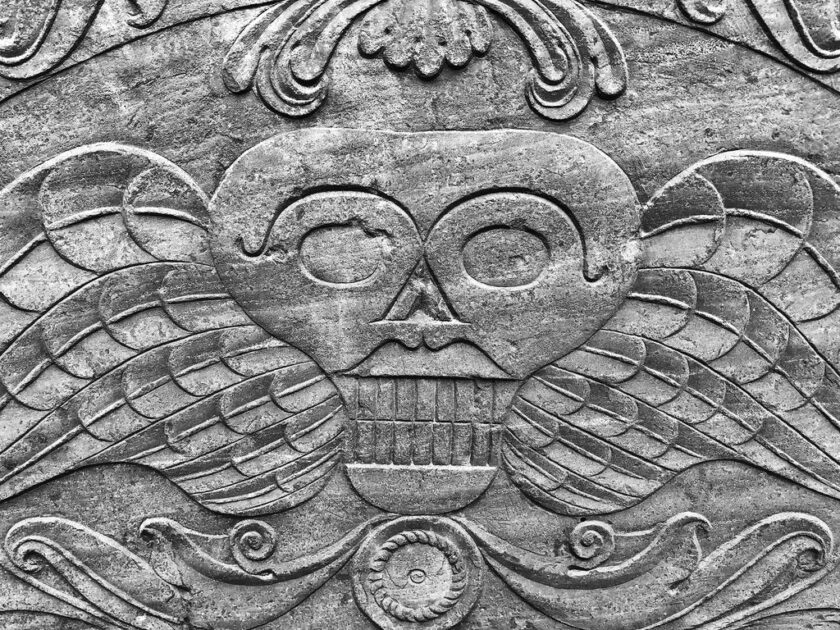

By the late 1800s, granite began to replace marble due to its superior durability, and by the 20th century, polished granite had become the dominant material. Bronze plaques also emerged, especially in military cemeteries, where uniformity and resilience were prioritized.
Artistically, headstones in the early 1800s retained remnants of colonial-era symbolism, including winged skulls or “death’s heads,” but these morbid images gradually gave way to more sentimental motifs. Weeping willows and urns became popular symbols of mourning and remembrance. At the same time, cherubs, lambs, and clasped hands appeared frequently, often representing innocence, peace, or the connection between life and the afterlife.
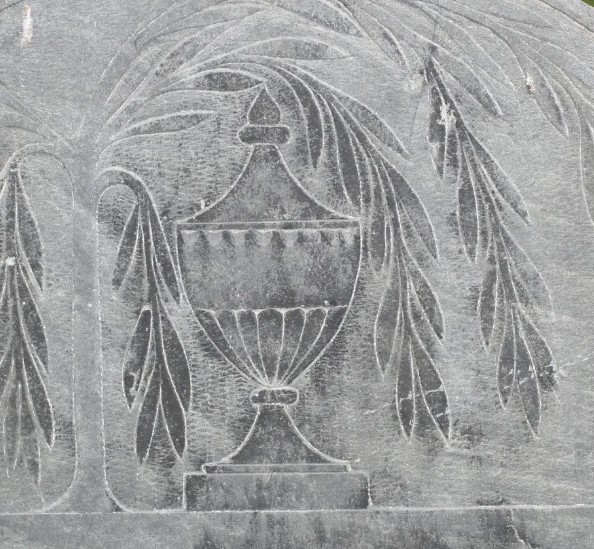
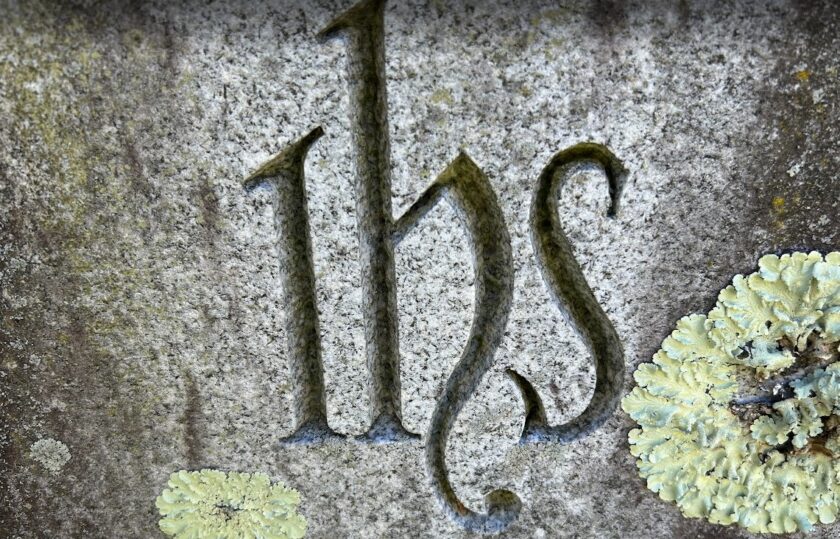
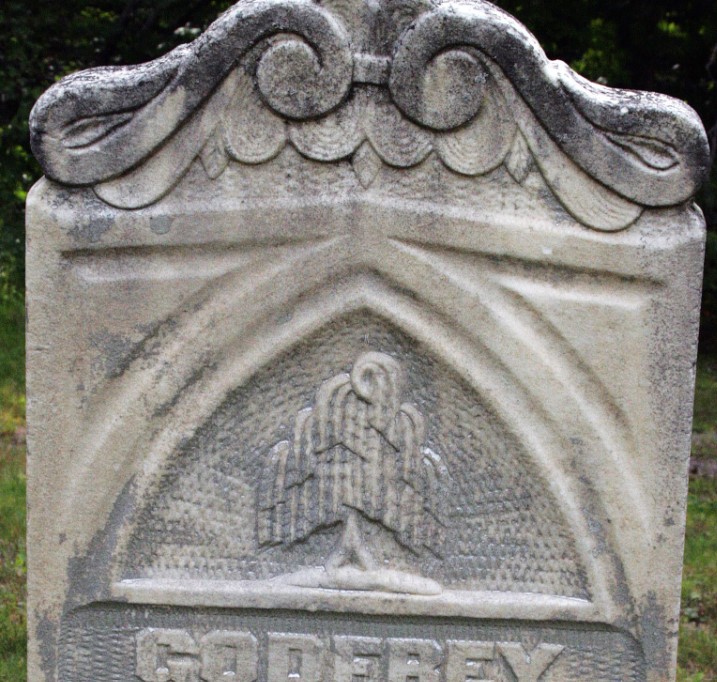
During the Victorian era, gravestones became more ornate and personalized, reflecting the era’s fascination with death and memorialization. Obelisks, draped urns, gothic arches, and elaborate Christian symbols such as crosses and crowns adorned many graves, often accompanied by poetic epitaphs.
By the early 20th century, styles became more restrained and standardized, influenced by cemetery design changes and the rise of lawn cemeteries. Military graves adopted simple, uniform markers, reflecting a shift toward egalitarian remembrance. Today, while granite remains the most common material, modern gravestones may incorporate laser-etched portraits, QR codes, or environmentally conscious materials, blending tradition with contemporary values.
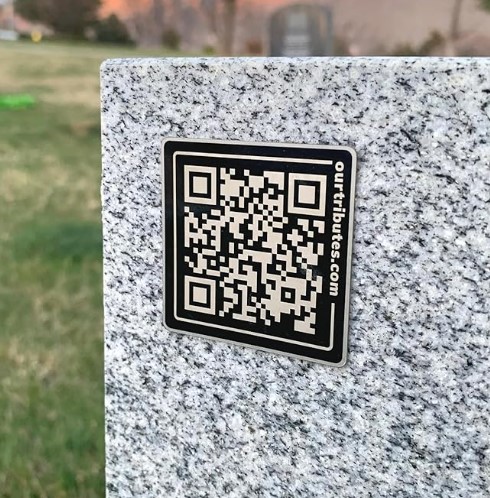
The Old One Horn Cannon
Old One Horn” is one of three historic cannons located in the “Plateau” section between Grace and Hillside Avenues, also known as the military burial section. The cannon earned its nickname due to the absence of its right mounting “horn,” which is broken off. While its exact origins are unclear, local lore suggests that it dates back to the Revolutionary War era. Some tales associate it with significant events from that period, but definitive historical records confirming its use during the war are lacking.
Over time, “Old One Horn” has become a cherished symbol of Westfield’s Revolutionary War heritage. Its presence in Fairview Cemetery serves as a tangible link to the town’s past, commemorating the sacrifices and stories of those who lived during a formative period in American history. Visitors to the cemetery can view the cannon and reflect on the rich tapestry of local and national history it represents.
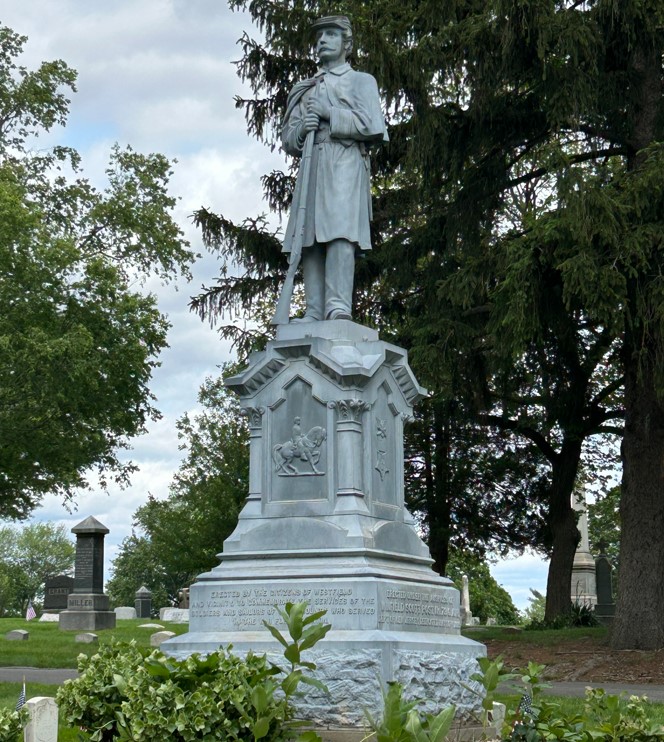
Memorable People
As any tour guide will tell you, people who provide tours always get a few interesting questions. The most popular is always “Who’s famous that’s buried in the cemetery?” Let’s first explore some of the most notable individuals’ resting places in the yard.
| Name / Profession | Photos | Highlights |
|---|---|---|
| Charles Addams Cartoonist |   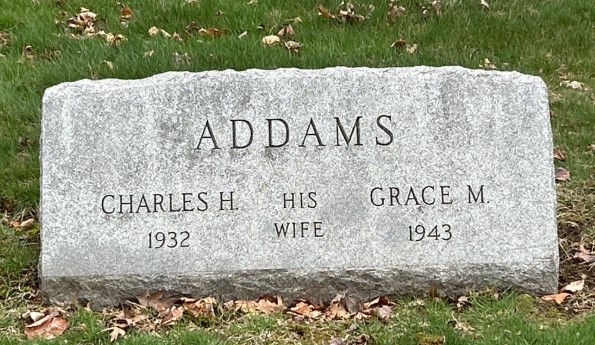 | Charles Addams, creator of The Addams Family, born, and grew up in Westfield, New Jersey, and lived at 522 Elm Street during his youth. The large Victorian-style home is often cited as a possible inspiration for the spooky, gothic aesthetic of the Addams Family mansion, though Addams never explicitly confirmed this. Charles Addams died of a heart attack on September 29, 1988, at the age of 76. He passed away in New York City, shortly after parking his car—fittingly, a vintage black Audi that some said reflected his signature dark style. |
| Dr. Virginia Apgar Doctor, Inventor of the Apgar Test | 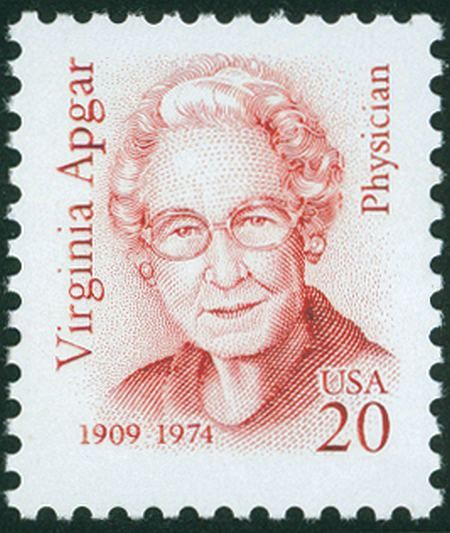 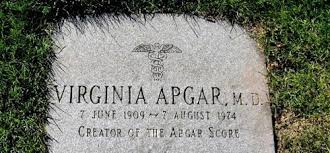 | Dr. Virginia Apgar (1909–1974) was a pioneering American physician best known for developing the Apgar Score, a quick and simple way to assess the health of newborns immediately after birth. Her work revolutionized obstetrics and neonatology and has saved countless infant lives. She was born June 7, 1909, in Westfield. In 1949, she became the first woman to become a full professor at Columbia University College of Physicians and Surgeons. Dr. Apgar developed the Apgar Score to evaluate the health of newborns one minute and five minutes after birth. The score assesses five criteria: Appearance, Pulse, Grimace, Activity, and Respiration—each rated from 0 to 2. Dr. Virginia Apgar was honored with a U.S. postage stamp issued on October 24, 1994. |
| Joe Collins MLB Player, NY Yankees | 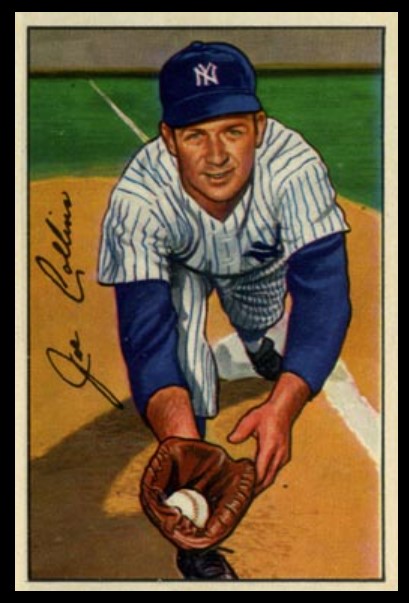 | Joe Collins, born Joseph Edward Kollonige, was a professional baseball player who played for the New York Yankees from 1948 to 1957. He was known for his versatility as both an outfielder and first baseman. Collins was part of seven World Series appearances with the Yankees, winning five championships during his career. He appeared in 36 World Series games and had a solid career with the Yankees. Over the course of his ten years in the major leagues, he achieved a batting average of .256, with 596 hits and 86 home runs. |
| Jeff Torborg MLB Catcher/Manager | Jeff Torborg’s 1965 Topps #527 baseball card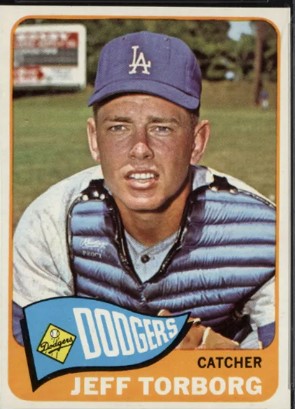 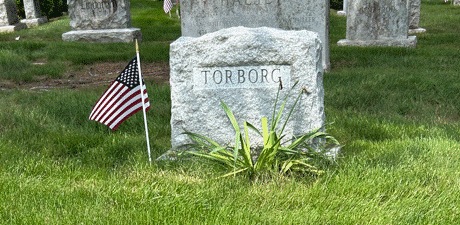 Arborval Section, two rows back. | Torborg had a distinguished baseball career spanning five decades. eff Torborg played high school baseball at Westfield High School in Westfield, New Jersey. He was a standout athlete, serving as the team’s catcher and earning All-State honors during his senior year in 1959. As a player, he was a catcher for the Los Angeles Dodgers (1964–1970) and the California Angels (1971–1973). Notably, he caught Sandy Koufax’s perfect game in 1965 and Nolan Ryan’s first no-hitter in 1973. After retiring as a player, he transitioned into coaching and management, serving as a coach for the New York Yankees and managing teams including the Cleveland Indians, Chicago White Sox, New York Mets, Montreal Expos, and Florida Marlins. In 1990, he was named the American League Manager of the Year after leading the White Sox to a 94-win season |
| Jude Denman Slave Burial with Family | 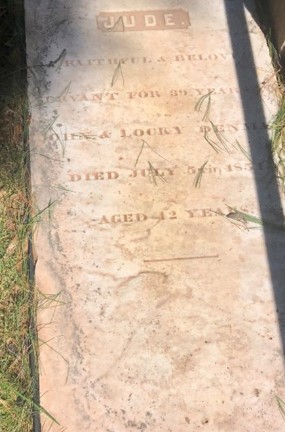 Area A | Born around 1812, Jude’s life was shaped by New Jersey’s gradual emancipation laws. The 1804 Act for the Gradual Abolition of Slavery stipulated that children born to enslaved mothers after July 4, 1804, would be free but required to serve their mother’s owner for a term—25 years for males and 21 years for females. Given her birth year, Jude would have been considered legally free but obligated to serve as an indentured servant during her early life. |
| Joshua Bryant Cranford Constable 1881 | 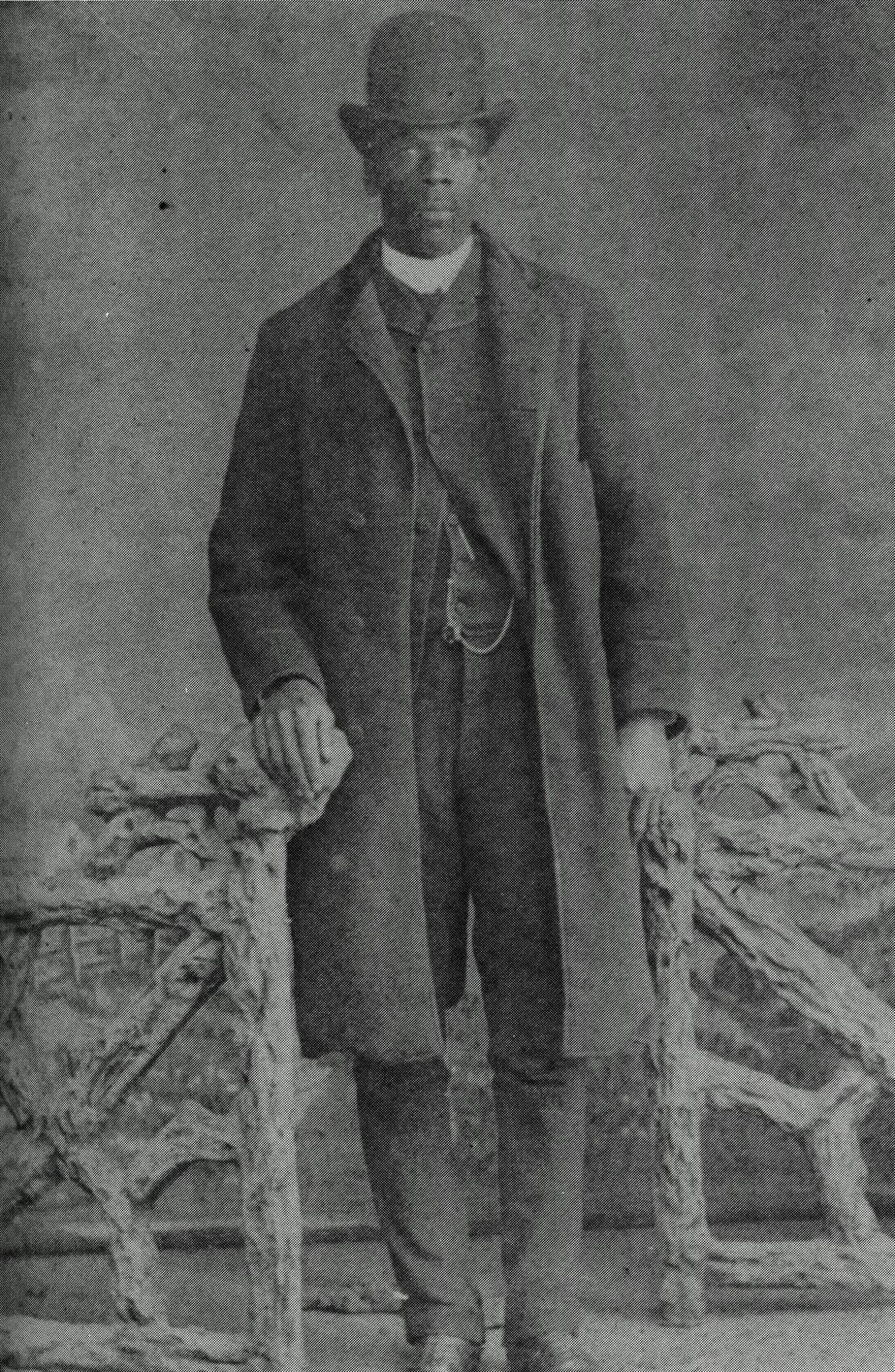 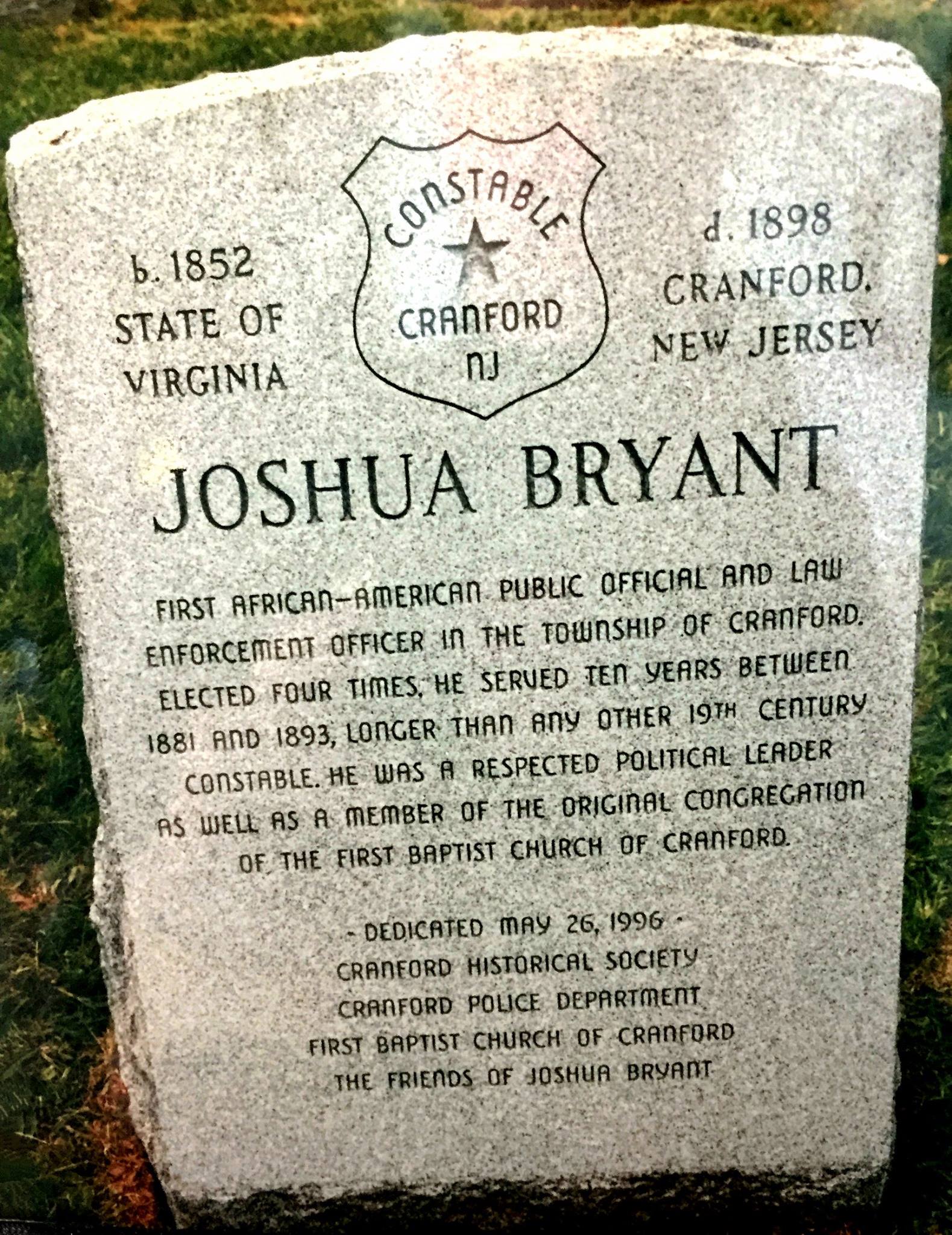 The Joshua Bryant memorial was dedicated on Memorial Day weekend, Sunday, May 26th, 1996. his grave is located in Plot: Payground #211 in the Plateau section (Military Hill) | Joshua Bryant was the first African-American elected to public office and law enforcement in the Township of Cranford, elected in 1881 and re-elected three times in 1883, 1887, and 1890. He served as constable longer than any other man in the nineteenth century, ten years between 1881-1893. Joshua was born in Virginia in 1852 and came to Cranford at the age of about 21. In 1880 he married Margaret Taylor and the couple lived on Mulberry Street (present day Retford Avenue) between Lincoln Avenue and Cherry Street. In addition to being a constable, he was a respected political leader within the Republican Party as well as a member of the original congregation of the First Baptist Church of Cranford. He died October 12, 1898, after a lingering illness, at the age of 46. Bryant is buried at Fairview Cemetery in Westfield. A headstone was dedicated on May 26, 1996. |
| Claydes Charles Smith Founding Member – Kool & the Gang | 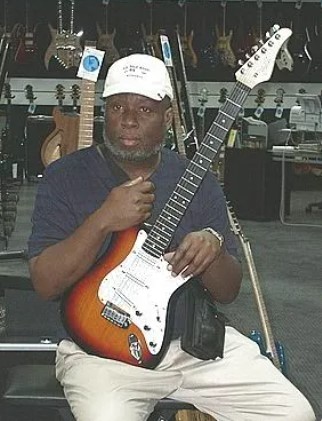 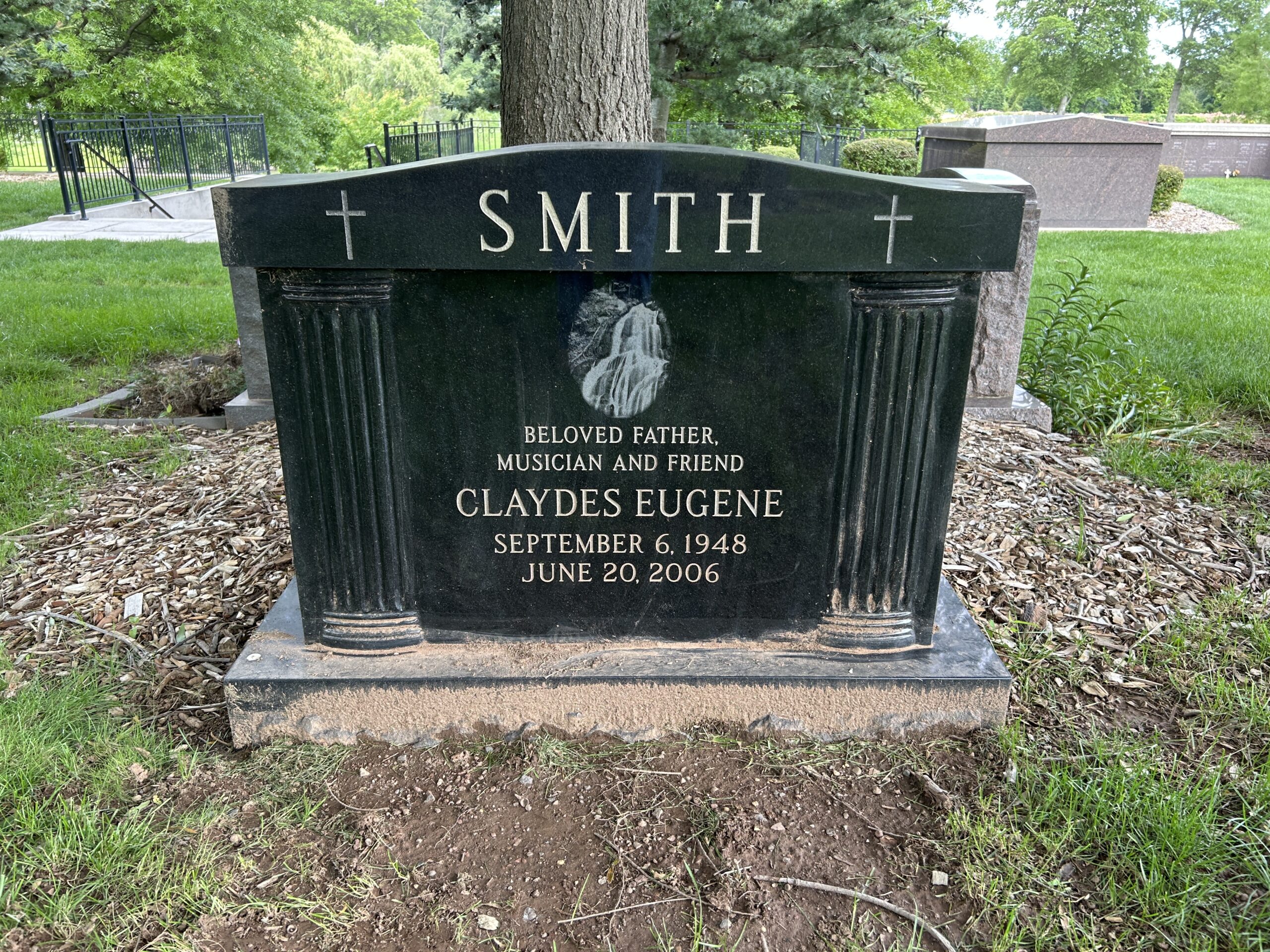 | Guitarist and founding member of the R&B group Kool & the Gang Claydes Smith was born on November 6, 1948, and passed away on June 20, 2006, at the age of just 57. Born in Jersey City, New Jersey, he was a co-founder and lead guitarist for the popular funk group, Kool & The Gang. His smooth blend of jazz-blues guitar playing can be heard on such hits as “Lady’s Night”, “Joanna”, “Take My Heart”, “Celebration”, “Jungle Boogie”, and “Hollywood Swingers”. Due to illness, Smith stopped touring with the band in January 2006. It’s most likely he’s in Fairview, as he was residing in Maplewood, New Jersey, when he died. |
| Edward Martin Kingsbury Pulitzer Prize Winner | 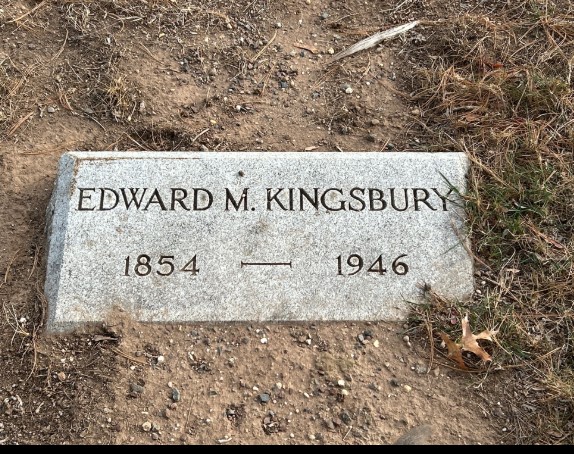 | Edward Martin Kingsbury (July 6, 1854 – January 23, 1946) was a distinguished American journalist and editorial writer, best known for winning the 1926 Pulitzer Prize for Editorial Writing in 1926 for his editorial titled “The House of a Hundred Sorrows,” published in The New York Times on December 14, 1925. The piece poignantly depicted the lives of residents in a neglected hotel, using numbered rooms to tell their individual stories. Kingsbury passed away on January 23, 1946, in Cranford, New Jersey, at the age of 91. |
| John Russell Houston Jr. Army veteran and entertainment executive |  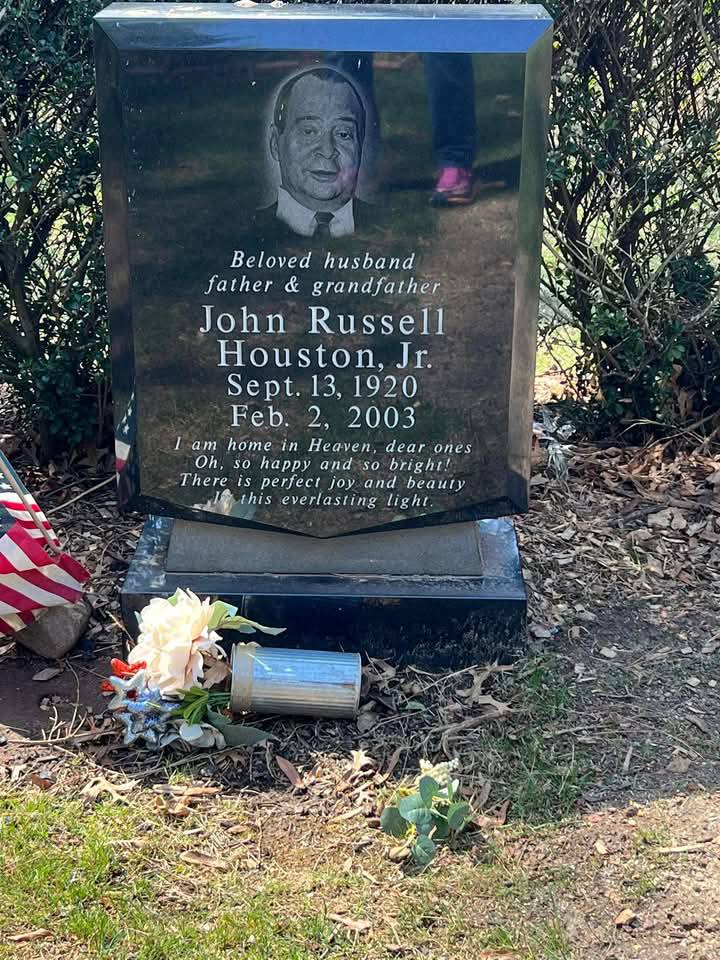 | Joh was an American Army veteran and entertainment executive, best known as the father of singer Whitney Houston. Born in Trenton, New Jersey, he later moved to Newark, where he became involved in public service and the music industry. He later established an entertainment management company, guiding the careers of his wife, gospel singer Cissy Houston, and their daughter Whitney. He and Cissy were married in 1959 and had two children together: Michael and Whitney. They divorced in 1990 after over three decades of marriage. Managed parts of Whitney’s early career; made headlines posthumously due to legal disputes with Whitney’s estate. He passed away at the age of 82 in Fort Lee, New Jersey. His wife Cissy Houston has deep ties to Newark and the greater Union County area, which is geographically closer to Westfield than Fort Lee, a possible reason for choosing Fairview. He was the first in the Houston family at Fairview. |
| Cissy Houston Wife to John Mother to Whitney Grandmother to Bobbi | 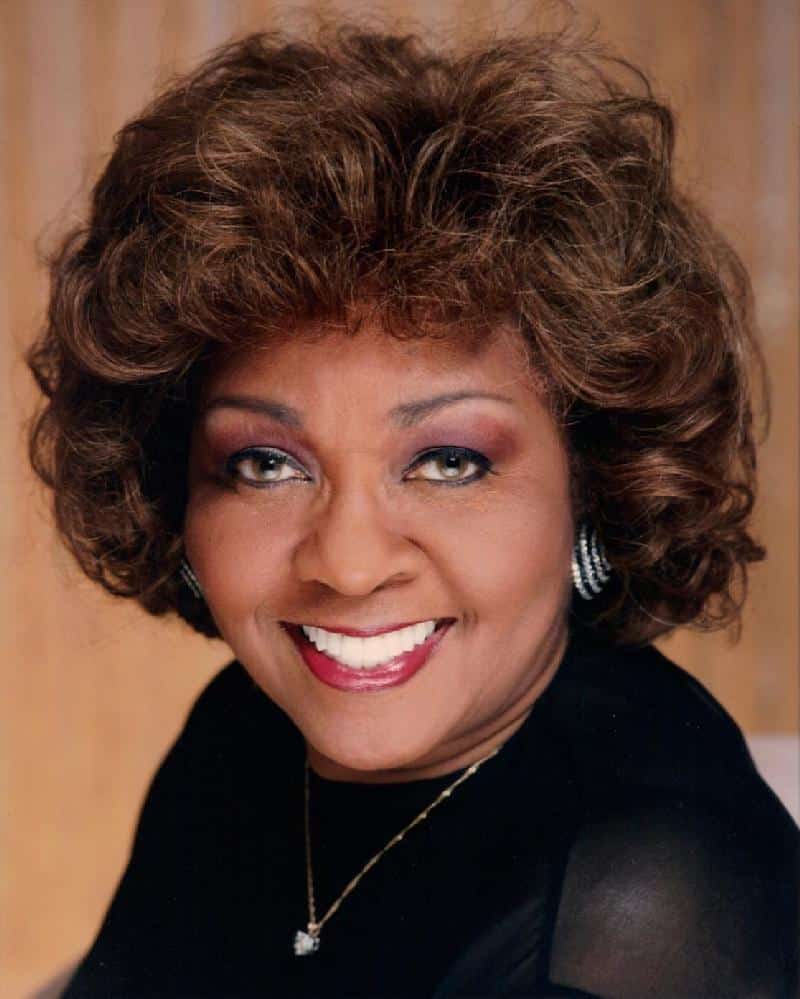 | Cissy Houston, the renowned gospel and soul singer and mother of Whitney Houston, passed away on October 7, 2024, at the age of 91. She was laid to rest at Fairview Cemetery in Westfield, New Jersey, alongside her daughter Whitney Houston and granddaughter Bobbi Kristina Brown. |
| Whitney Houston Singer |  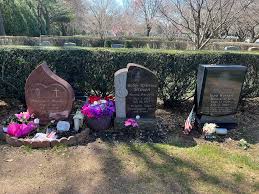 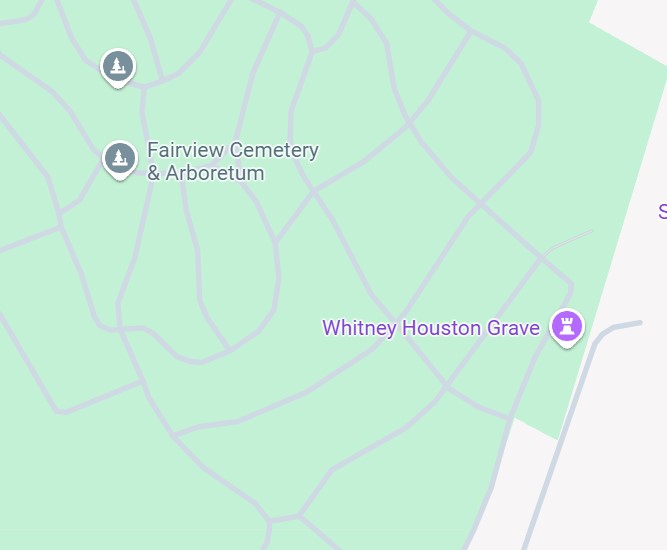 | Singer and actress, widely regarded as one of the greatest vocalists of all time. Known for her powerful, emotive voice and record-breaking success, she sold over 200 million records worldwide and won six Grammy Awards. Born in Newark, New Jersey, to gospel singer Cissy Houston, Whitney began singing in church before launching a music career that included hits like “I Will Always Love You”, “Greatest Love of All”, and “How Will I Know.” Whitney grew up in East Orange, a suburb of Newark. She attended Mount Saint Dominic Academy, a Catholic girls’ school in Caldwell, NJ. Her childhood home was on Dorrance Street in East Orange. In the 1990s, Whitney purchased a custom-built estate in Mendham Township (Morris County), in a secluded, upscale area. This was a large, gated property where she lived during much of her marriage to Bobby Brown. The home became famous after being featured in the reality show with her husband Being Bobby Brown. The official cause of death was accidental drowning in a bathtub at the Beverly Hilton Hotel. Whitney was deeply connected to Newark and New Hope Baptist Church, where she began singing as a child and where her funeral was held in 2012. |
| Bobbi Kristina Brown Whitney’s Only Daughter |  | Bobbi Kristina Brown (1993–2015) was the only daughter of Whitney Houston and Bobby Brown, born into music royalty and raised in the spotlight. Following her mother’s death in 2012, Bobbi Kristina faced intense media scrutiny and personal struggles. In 2015, she was found unresponsive in a bathtub and died after six months in a coma at the age of 22, under circumstances eerily similar to her mother’s. She is buried next to her mother. |
| John List and the List Family Tragic Story | 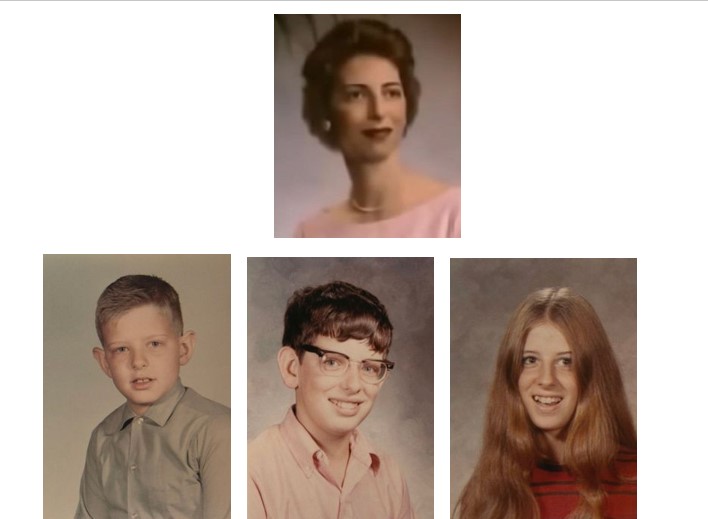 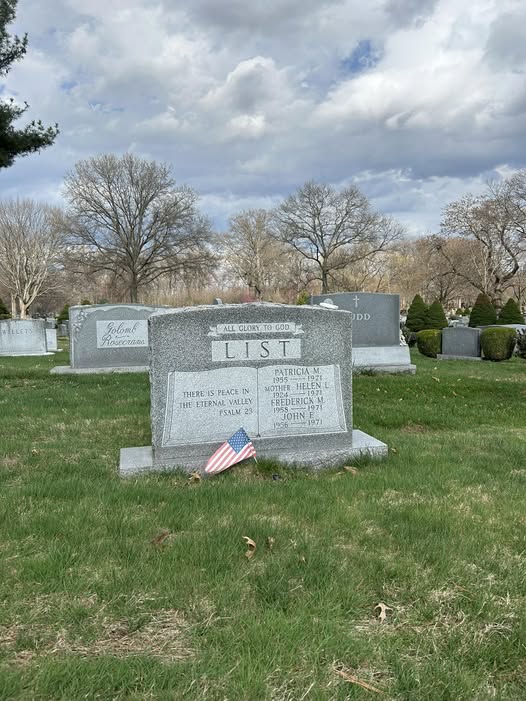 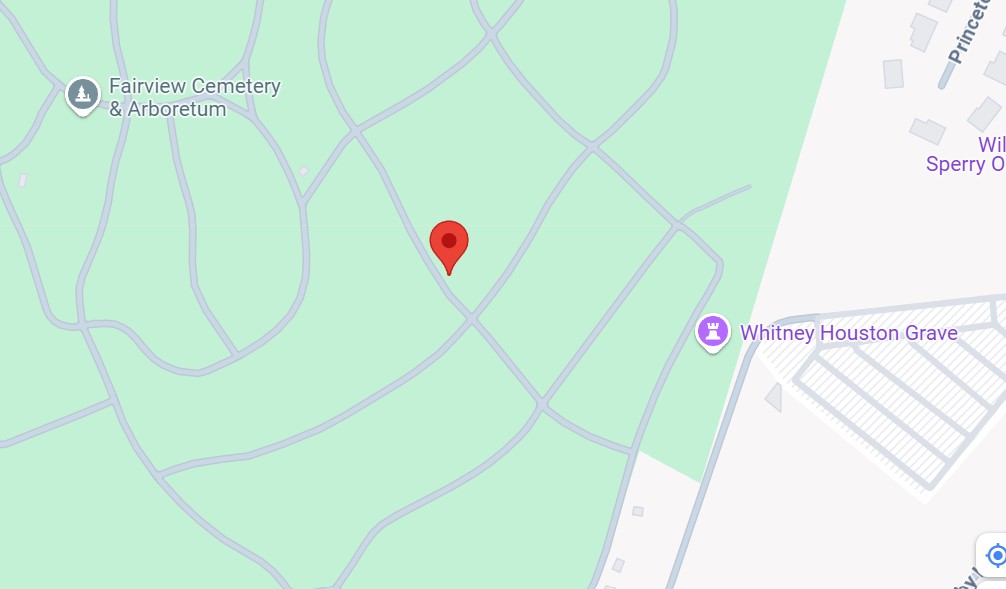 | A convicted murderer who infamously killed his wife, mother, and three children in 1971 before disappearing for 18 years. He was eventually apprehended and convicted for the crimes. His crime and the subsequent manhunt received significant media attention, making his burial place notable in the cemetery. John List himself is buried in Michigan with his mother following his death in 2008. He was caught only in 1990. John List was convicted of five counts of first degree murder and died of complications from pneumonia aged 82 on March 21, 2008, while imprisoned at St. Francis Medical Center in Trenton, New Jersey. John List Sr. is at St. Lorenz Lutheran Cemetery in Frankenmuth, Michigan, the same cemetery where his mother, Alma List, was buried. • Helen List (John List’s wife) – 46 years old• Patricia List (John List's daughter) – 16 years old • John List Jr. (John List's son) – 15 years old • Frederick List (John List's son) – 13 years old |
The Friends of Fairview Non-Profit
In 2021, the cemetery initiated a commitment to further its efforts in the continued beautification of the cemetery and to enhance its dedication to community involvement through additional beautification, cultural, and educational endeavors that would last long into the future. As a result, “Friends of Fairview” was created as a name to facilitate this work through a program of giving that would bond the community with the cemetery’s beautification efforts and its cultural involvement.

As part of the Friends of Fairview initiative, Fairview has achieved Level II Arboretum status by meeting, among other criteria, the requirement of having over 100 recognized species of trees on the cemetery grounds. This has enhanced Fairview’s beautification mission as the trees are now catalogued under the Friends of Fairview program. QR codes have been physically added to all catalogued trees, allowing anyone who missed the arboretum walking tours to take a self-guided tour simply by using a smartphone to access all relevant data concerning each species. In addition, the Friends of Fairview program has introduced bird walking tours in May and October to explore the cemetery grounds and discover the songbirds’ sights and sounds in Fairview’s beautiful setting. Ongoing beautification projects are being considered, which will further enhance various areas of the cemetery.
Guided Walking Tours
While many historically significant individuals rest in locations throughout the Fairview grounds, these designated walking routes feature some of the sites located in close proximity to one another. The routes are similar in scope and can be completed on average in about 30 to 40 minutes each. They do occur in convenient succession, however, starting with the Blue Route, which leads into the Red Route and the Yellow Route. So for a longer outing, two or three can be walked in one visit. You should expect a complete tour of all three routes to take at least 90 minutes.
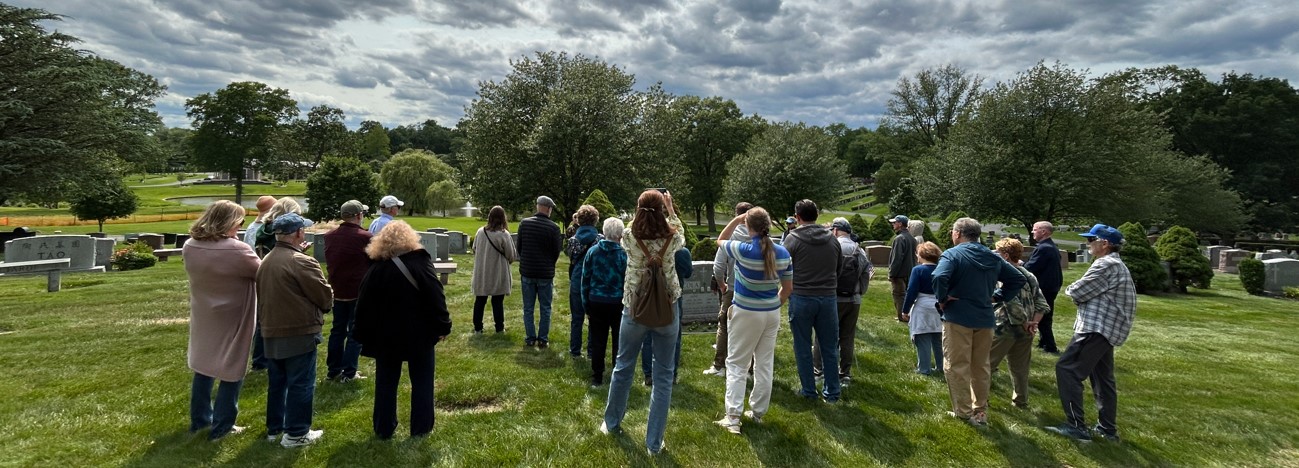

What are Others Reading This Week? Top 5 MLH Posts Right Now
More Mr. Local History
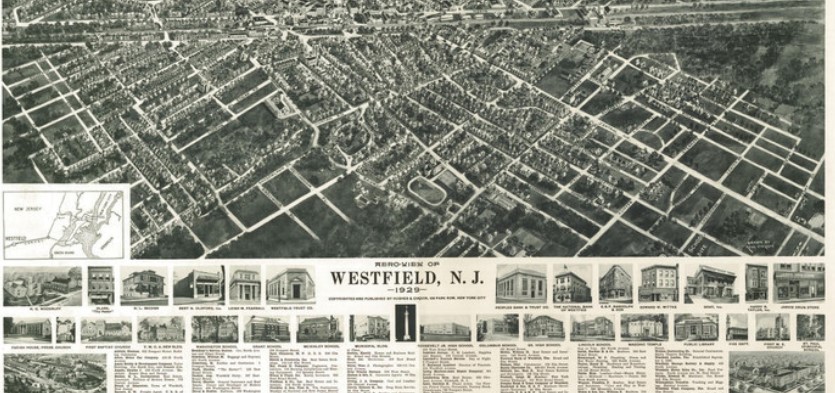
All of our Westfield Historical Research Posts
